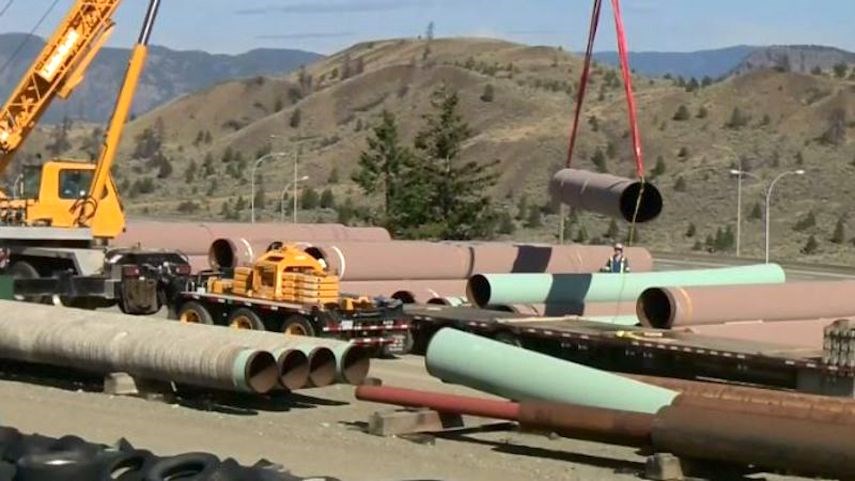The pandemic curve is flattening across Western Canada – led by British Columbia, which has won international praise for its handling of the COVID-19 crisis – and some cities are poised for a quicker recovery than most.
Western Investor makes the following recommendations of three rebound towns in Western Canada that real estate investors should watch.
Victoria, B.C. In the midst of the pandemic, Telus announced it will pay more than $8 million for about half-an-acre of downtown Victoria where it plans to build a new headquarters complex in B.C.’s capital city.
The telecommunications giant said the “Telus Ocean” building will serve as the company’s regional headquarters for a staff of about 250 people.
“The fact that Telus, British Columbia’s largest private sector employer, is making such a big investment in downtown Victoria is a strong sign of our economic recovery,” said Mayor Lisa Helps. “It’s terrific news that ensures that our downtown will remain the economic and the commercial heart of the region.”
Just days later, on May 29, Vancouver mega-developer Reliance Properties confirmed it had bought nearly seven acres of downtown Victoria, including the site of the Capital Iron building, in a transaction expected to close by the end of this summer.
Reliance is acquiring an assembly of property over two city blocks that was put together over more than 30 years. The land runs from the foreshore of Victoria’s Upper Harbour east to Government Street,
Jon Stovell, chief executive of Reliance, said the deal has been months in the making, and being able to get it done during a pandemic speaks volumes for his firm’s commitment to the city.“We believe very strongly in this city and the future of this site,” he said. “We’re a big believer in Victoria and have built a significant portfolio there.”
On May 30 the City of Victoria, and regional partners, released Victoria 3.0, an ambitious blueprint for sustained post-pandemic recovery. Its mandate reads: “Victoria is a future-ready, globally fluent influencer and innovator. We will use our status as a small powerhouse to create a strong and resilient economy that meets our needs now and anticipates the future.”
We are betting this is more than posturing: Victoria is for real and should be a leading light out of the pandemic darkness.
Kamloops, B.C. Kamloops, the third largest city outside of B.C.’s Lower Mainland is known as a transportation hub and for its large university, but it is the arrival this spring of Trans Mountain pipeline crews that will help the city set the pace for its post-pandemic recovery.
A seven-kilometre urban section of the $12.6 billion Trans Mountain pipeline twinning project began in Kamloops in late May.
Trans Mountain Corp.will ramp up to roughly 600 workers at peak construction by the late summer or early fall. The company will spend more than $450 million over two years in Kamloops, and estimates local workforce spending at $40 million for goods and services, including hundreds of hotel rooms.
Once the pipeline twinning project is complete, Trans Mountain estimates it will pay $1.2 million to $2.8 million in municipal taxes in Kamloops, as well as provide $700,000 under a local community amenity agreement.
Trans Mountain will also contribute $500,000 to Thompson Rivers University in Kamloops towards trades, social work, applied research and environmental science at the university.
“We are pleased that Trans Mountain is getting this portion of the project underway in Kamloops,” understated Kamloops Mayor Ken Christian. “This project will help us with our economic recovery plan.”
Grande Prairie, Alberta: The Northern hub city of Grande Prairie has seen its population nearly double to 69,088 in the last 20 years. Its annual average growth rate of 3.69 per cent makes it one of the fastest-growing cities in Canada. With an average age of 31.9, Grande Prairie is also the youngest town in Alberta, yet has an average household income north of $140,000.
Construction began in 2019 on Toremide Towers. The downtown development will consist three mixed-use buildings with ground-level commercial and three floors of residential above.
Significant recent investments in infrastructure include:
• a $730 million regional hospital and cancer centre, scheduled to open in 2021;
• $109 million in a new aquatics and wellness facility;
• $30 million in downtown upgrades.
Retail spending in the city last yer was $1.4 billion. The downtown retail vacancy sat at 3 per cent and the office vacancy rate was 5.6 per cent, pre pandemic.
Grande Prairie has attracted big name retailers and is home to the largest single-storey Canadian Tire store and the biggest Ford dealership in the country.
Grande Prairie’s economy is driven by three main industries: agriculture, forestry and oil and gas. The region is strategically located on two of the largest oil and gas plays in North America, the Montney gas fields and Duvernay oil basins.
- With files from Altas Group



